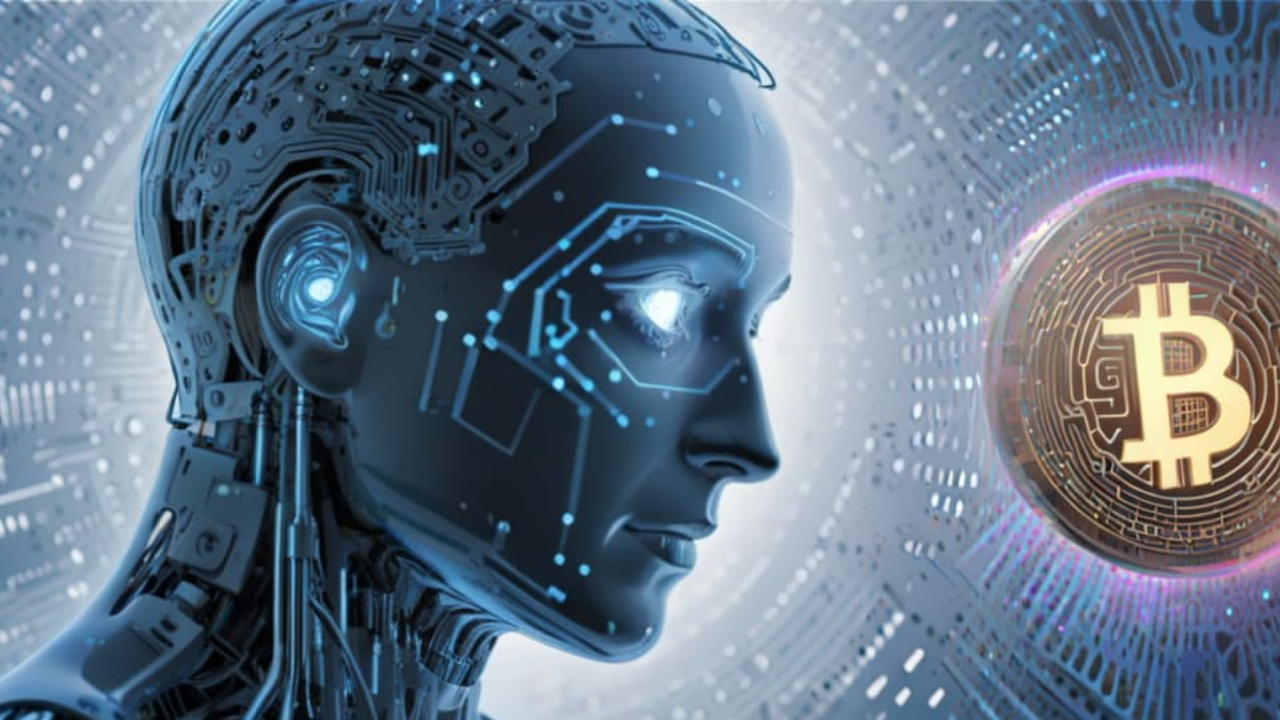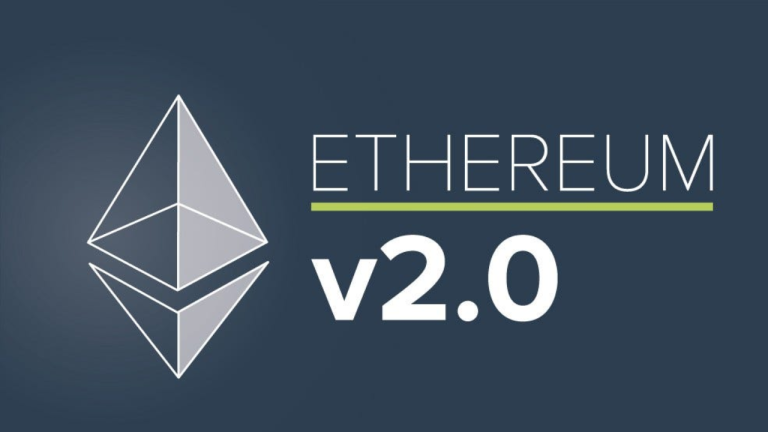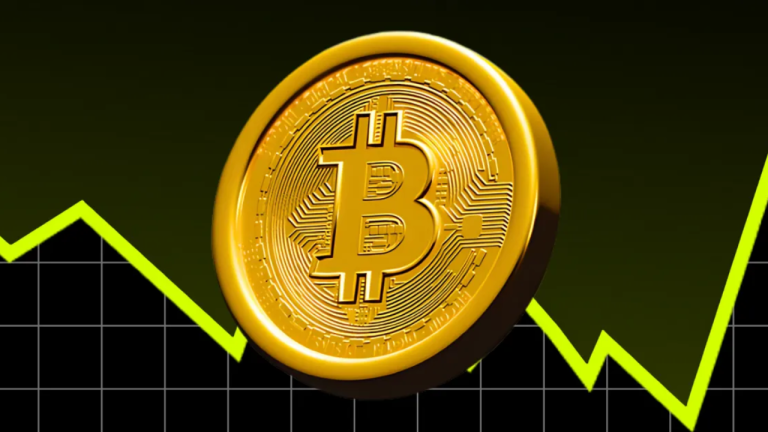The Rise of AI in Crypto Trading: What You Need to Know
In recent years, cryptocurrency has grown from a niche market into a powerful force in the global economy. Alongside this transformation, another revolution has been unfolding quietly but rapidly—artificial intelligence. Today, AI is no longer a distant concept reserved for sci-fi movies or research labs. It is actively reshaping how crypto trading works, offering traders, investors, and institutions new ways to understand, predict, and act on market data.
As we move through 2025, the combination of AI and crypto is no longer just a possibility. It’s a reality changing the financial landscape day by day. This article explores how AI is being used in crypto trading, why it matters, and what traders should be aware of moving forward.
Understanding AI in Crypto Trading
AI, or artificial intelligence, refers to the development of computer systems that can perform tasks normally requiring human intelligence. These include pattern recognition, decision-making, learning from data, and natural language understanding. In the world of crypto trading, AI is used to analyze vast amounts of data, identify trends, automate trading strategies, and make predictions with greater accuracy than ever before.
Traditional trading relies heavily on human judgment, gut feeling, and experience. In contrast, AI eliminates emotion from decision-making and relies purely on logic, patterns, and data-driven outcomes.
Key Applications of AI in Cryptocurrency Markets
1. Algorithmic Trading
AI-based algorithmic trading involves using computer programs that follow defined sets of instructions for placing trades. These algorithms can analyze large datasets across multiple exchanges simultaneously and execute orders in milliseconds. AI makes these algorithms adaptive, allowing them to learn from past trades and improve over time.
Instead of following fixed trading strategies, AI-based systems continuously adjust according to the latest data. They detect opportunities that a human might overlook, including sudden price movements or arbitrage chances.
2. Predictive Analytics
One of the most powerful uses of AI in crypto trading is its ability to predict price trends based on historical patterns and current market conditions. By training machine learning models on years of price movements, trading volumes, and technical indicators, traders can receive more accurate forecasts about where the market might head next.
AI-driven predictive tools can help both long-term investors and short-term traders by identifying high-probability entry and exit points. These systems are not infallible, but they often outperform human predictions in volatile conditions.
3. Sentiment Analysis
The crypto market is heavily influenced by news headlines, influencer opinions, social media chatter, and even memes. Manually tracking this information is nearly impossible, but AI excels at it. Using natural language processing (NLP), AI can scan thousands of posts, news articles, and forums in real time to determine overall sentiment toward a particular coin or market trend.
If a project is gaining positive attention online, AI can flag it as a potential bullish signal. Conversely, it can also warn of negative sentiment that may precede a price drop. Sentiment analysis adds an extra layer of context that goes beyond technical charts.
4. Portfolio Management
AI is also changing the way investors build and manage crypto portfolios. Automated AI advisors can now offer custom-tailored investment strategies based on an individual’s risk tolerance, financial goals, and market conditions. These robo-advisors can rebalance portfolios automatically, respond to market volatility, and help reduce risk through diversification.
Many platforms now offer AI-driven asset management tools that monitor performance around the clock, offering suggestions based on real-time analytics.
Benefits of Using AI in Crypto Trading
- Speed and Efficiency: AI systems process and act on information much faster than any human can. In a market where seconds matter, this is a major advantage.
- Emotion-Free Trading: Unlike human traders, AI does not panic, get greedy, or hesitate. It follows logic and data, which reduces the impact of emotional decisions.
- Data-Driven Accuracy: With the ability to analyze thousands of data points in seconds, AI delivers decisions based on hard evidence, not speculation.
- 24/7 Market Monitoring: Crypto markets never sleep. AI tools operate continuously, scanning markets day and night, without breaks.
Risks and Limitations to Consider
Despite the advantages, AI in crypto trading is not a guaranteed win. There are some important risks to understand.
- Over-Reliance on Automation: Traders who depend too heavily on AI may lose sight of the broader market picture. Blind trust in algorithms can lead to poor outcomes during black swan events.
- Data Quality Issues: AI is only as good as the data it uses. Incomplete or incorrect data can lead to flawed predictions.
- Lack of Transparency: Some AI trading tools operate as “black boxes” where users have no insight into how decisions are made. This can be a problem if things go wrong.
- Security Vulnerabilities: AI platforms, especially those connected to exchanges, can become targets for hackers. Ensuring security and privacy is essential.
- Market Manipulation Risks: AI-driven bots that react to market signals can be tricked by fake news, coordinated pump-and-dump schemes, or manipulated data streams.
Real-World Examples of AI in Action
Many trading platforms and hedge funds are already leveraging AI to gain a competitive edge. Examples include:
- Numerai: A hedge fund powered by a global network of data scientists who build AI models to make predictions.
- CryptoHopper: An AI-driven trading bot platform that helps users automate trades based on multiple technical indicators.
- TradeSanta and Bitsgap: Both offer AI-enhanced features like grid trading and trend detection across exchanges.
These tools are becoming more accessible to retail investors, allowing average traders to harness institutional-grade technology.
The Future of AI in Crypto
As we look to the future, the relationship between AI and cryptocurrency is only going to deepen. More developers are entering the space, working on smarter algorithms, decentralized AI platforms, and machine learning models tailored for blockchain use cases.
AI will also play a role in identifying scams, detecting fraud, improving compliance, and even optimizing blockchain networks for faster and more efficient operations. Some experts believe AI will one day be able to anticipate regulatory changes and adjust strategies accordingly.
The rise of decentralized AI platforms is another promising area, where blockchain-based systems allow users to contribute to and benefit from AI models without relying on centralized authorities.
Final Thoughts
AI is not here to replace traders—it’s here to assist them. In an unpredictable market like crypto, having intelligent tools by your side can make a significant difference. While no system is perfect, AI offers advantages in speed, logic, and depth of analysis that are simply unmatched by manual trading methods.
As the tools become more refined and accessible, more people will likely embrace AI not just as a novelty, but as an essential part of their trading toolkit. Still, it’s important to approach AI with caution, understand its limitations, and never stop doing your own research.
In 2025 and beyond, the most successful traders may not be those who try to beat the machines—but those who learn to work with them.





